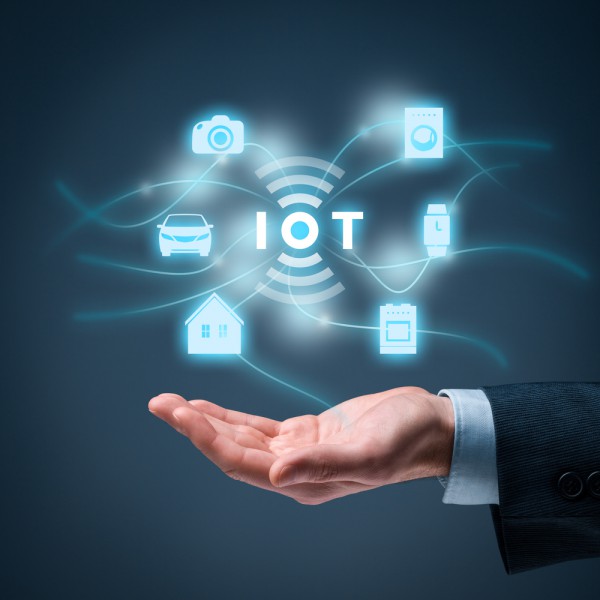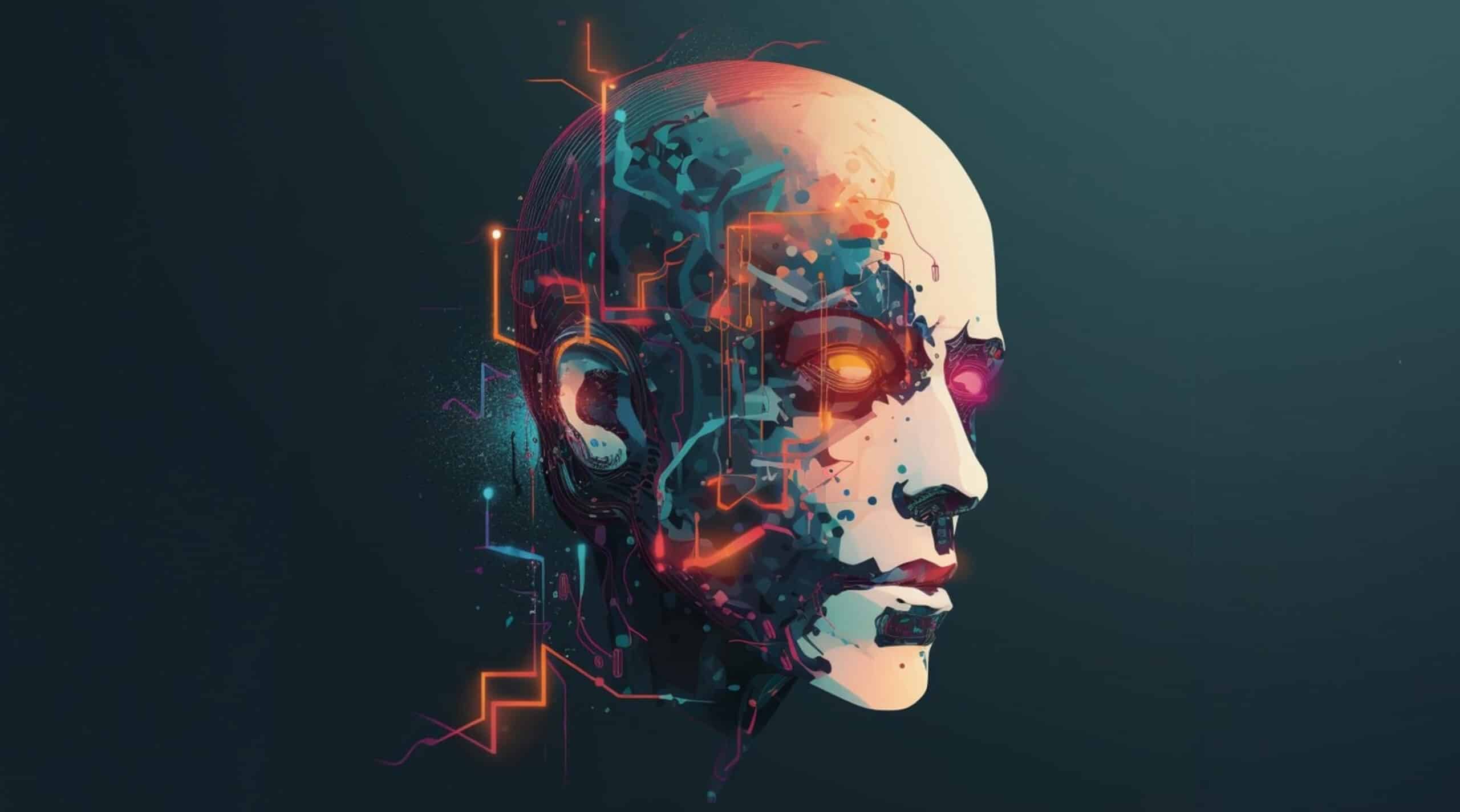
Industry cloud platforms: The complete guide
Although general-purpose cloud platforms paved the way for new business technologies, they only address horizontal market issues. Simply put, these cloud computing products provide generalized solutions. SaaS products leave little room for configuration, while IaaS and PaaS systems require extensive coding experience.
To tackle vertical market challenges, you need industry cloud platforms. They’re an emerging trend that combines SaaS, IaaS, and PaaS technologies into one out-of-the-box system, and you can configure them to focus on industry-specific issues. Since they’re new to the market, you might find them confusing. Don’t worry -- we’ll discuss everything you should know about industry cloud platforms, their advantage over general cloud products, and the common challenges faced when executing them.

Improving the digital employee experience
The widespread shift to a hybrid workplace during the pandemic has created many new challenges for business leaders including CIOs, vice presidents, and directors. Perhaps no concern is greater than the need to retain workforce talent by keeping employees in the digital workplace and remote locations engaged and fulfilled in their jobs.
We know that a better employee experience is directly correlated with a better customer experience. Yet improving the digital employee experience depends on keeping people productive while making everyone feel like they have opportunities for personal growth in the company.

Trust in data: How start-ups can thrive in the data economy
Data is crucial in today's tech-driven world, with enterprises prioritizing its use in all aspects of their operations. A recent survey shows that 83 percent of CEOs want their organizations to be data-driven. However, the same survey found that only 25 percent of organizations are data-leading companies. This presents a significant opportunity for start-ups to establish themselves at the forefront of the data economy.
The early days of the data economy relied on users handing over their data to access digital services, and companies then monetize that data through advertising. There is now a transition underway where businesses are seeking to improve and broaden how they create, manage, analyze, and extract value from their data. This expansion will expand the data economy's definition and market potential, creating an opportunity for start-ups to create hardware and software that will enable this new era.

The misconceptions around ChatGPT and the potential threat it poses to Google and other search engines
Since its public unveiling at the end of 2022, many have speculated that ChatGPT is the ultimate route for Microsoft to gain market share and overtake Google as the leading provider of search. In fact, some have even gone as far as saying that it will be a Google Killer, ending its supremacy of search engines online. However, the idea of generative AI making search irrelevant is a misunderstanding of what this technology genuinely represents.
If we look at how Google has launched Bard, its alternative to ChatGPT, it’s clear that generative AI is not a threat to search but rather an enhancement. Marketed as a complement to search, Bard represents Google’s entry into the generative AI market and its chance to rewrite the narrative around this technology. With ChatGPT and Bard taking the internet by storm, this distinction is crucial for organizations. While generative AI is powerful, complementing it with search greatly enhances its power and versatility, and may be the perfect solution that businesses have been searching for to gain a competitive edge.

Less effort, better business outcomes with data quality and governance
Achieving business success and making informed decisions requires high-quality data that organizations can trust. However, achieving data quality can be complex and time-consuming, forcing data and analytics leaders to choose between supporting business outcomes and ensuring compliance with data privacy and regulatory needs. Here’s how organizations can achieve business outcomes and compliance with regulations and privacy policies.
Data is often referred to as the new oil for a good reason. In today’s digital age, we are generating and collecting data at an unprecedented pace. As Sir Tim Berners-Lee said, "This precious resource will last longer than the systems themselves." IDC projects that by 2025, we will hit 175 Zettabytes of data. However, the challenge for businesses is how to turn this raw data into valuable insights. This is where data quality and governance come in.

Empowering the partner ecosystem: How businesses can gain resilience connectivity
In today's networked economy, the ability to create value depends primarily on the relationships built with other firms. As a result, strategic and product-related decision-making becomes increasingly complex. This is because a business is viewed as a component of a broader economic ecosystem and environment, where it influences and is influenced by other partners, suppliers, and organizations.
Within a business ecosystem, firms collaboratively and competitively develop innovations and capabilities where they have the capacity and freedom to do so. This enables them to support new products, meet customer needs, and incorporate subsequent waves of further innovation. Platform-based technology frequently supports these ecosystems, serving as foundations for products and services. Suppose businesses want the ability to facilitate transactions between distinct groups of users in a two or multi-sided market. To do this, they need connectivity infrastructure that is robust and reliable enough to support it alongside partners that can enable it.

ChatGPT: Navigating the rising financial crime landscape in the digital age
In-depth discussions with financial crime compliance decision makers from 10 leading U.S. financial institutions reveal that real-time digital payments, digital fraud, and cybercrime are the primary concerns for compliance teams in 2023.That said, there is a new player that has entered the scene and demands our attention: ChatGPT. It has the dual ability to help or hurt compliance and security teams.
Because while this cutting-edge technology presents an opportunity for financial institutions to detect and mitigate fraud and financial crime, it also provides criminals with an avenue to commit these acts more easily.

How data and analytics build a stable future for manufacturers
The CHIPS and Science Act promises a bright future for the U.S. semiconductor industry. The legislation aims to increase domestic production capacity, build a stronger workforce and encourage American innovation. But high-tech manufacturers can't sit around waiting to reap the benefits -- they must focus on revenue optimization now to set themselves up for success.
Experts forecast semiconductor demand to surge 6-8 percent per year, requiring manufacturers to double current production. Despite the CHIPS Act inspiring $200 billion in new commitments to U.S. manufacturing, the industry is unlikely to experience significant production capacity growth for several years. What should companies do in the interim? Improve data and analytics processes to build better business practices.

Walmart's cybersecurity: Don't try this at home
It seems that every week we hear of another cybersecurity breach. This year, organizations of all shapes and sizes have fallen victim to malicious crimes -- from Apple, T-Mobile and Uber, among many others -- and data breaches are costing U.S. businesses millions of dollars.
The emerging digital ecosystem has made every company a target, and as a result, organizations are investing in a range of cybersecurity measures to mitigate threats and enhance resiliency and recovery. As cybercriminals continue to evolve their tactics, it’s becoming increasingly challenging for organizations to keep up with the latest security measures. This highlights the need for ongoing cybersecurity investment and a proactive approach to threat detection and response. The question is, what are these measures, and is there a one-size-fits-all approach? Let’s explore.

How do chemical manufacturers avoid the nightmare cyberattack scenario?
If you were to draw up a list of places you don’t want to experience a sudden and catastrophic shutdown as the result of a cyberattack, chemical manufacturing plants would be pretty high up there. In addition to halting business operations and production, the nightmare scenario of hazardous materials being released into the human population and the surrounding environment is ever-present.
But such attacks are becoming increasingly common and sophisticated. A 2021 UK government study, for instance, found that attacks on the chemical industry cost £1.3 billion. Over the years, such attacks have targeted an increasingly varied number of players in the industry too. In 2017, for example, attackers were able to gain control of vital safety systems at a petrochemical plant in Saudi Arabia. Drug manufacturers, chemical distributors, and even hazardous waste sites are among the other players in the sector to have been impacted by attacks. In January, meanwhile, hackers launched multiple attacks on Israeli chemical factories.

IoT and digital replicas: Powering up innovation with digital twins
The concept of digital twinning isn’t a new one. More than 40 years ago, NASA used an early form of digital twin technology to bring the Apollo 13 astronauts safely back to Earth. By replicating the real-life conditions of the crippled spacecraft in its simulators, NASA was able to identify the right strategies and procedures for achieving a successful return in the damaged craft and deliver this critical information to Apollo’s flight crew.
Fast forward to today, and digital twin applications are now being deployed by organizations eager to harness the power of virtual prototyping to reinvent their operations. All made possible by the growing prevalence of IoT devices that pull real-time data collected from physical objects, which is used to create digital twins that deliver unprecedented visibility into assets and production processes.

Embracing AI -- safely
Any CTO or CIO who has been working for even a short period of time likely has had experience with some novel technology phenomenon that seemed to completely revolutionize the industry overnight. In my 25+ years of experience -- most of which have been at technology companies aimed at simplifying financial transactions -- I’ve witnessed several of these disruptive software shifts. Each was discussed upon its debut as though it had world-changing implications… and then pretty quickly became the norm.
AI’s trajectory from esoteric industry chatter to dominant mainstream conversation has been stratospheric. Cloud software, in contrast, was the topic of industry buzz for years before it became nearly ubiquitous (and it still doesn’t have 100 percent adoption among all enterprise technology systems). It seems to me that AI has secured a foothold -- especially in pop culture -- while still in relatively early development.

Between a rock and a hard place: Privacy vs Personalization
A survey by Deloitte reveals that as many as 79 percent of people are ready to share their data if they see obvious value in doing so. However, people also need to know that their data privacy is taken seriously. For companies at the cutting edge of personalization in technology and marketing, this means reassuring customers that their data will be kept safe and used transparently and for their own benefit.
While personalization and privacy may seem diametrically opposed, it is possible for businesses to achieve both and prosper. We can compare the privacy versus personalization dilemma with the legendary myth from Homer’s Odyssey, Scylla and Charybdis. These two sea monsters presented a perilous choice to our hero Odysseus, who needed to creatively navigate a route between the two. In the same way, businesses must carefully maneuver between the need for privacy and an ever-deeper demand for customized services.

MSPs and AI: Understanding the perks, risks and responsibilities of AI platforms
Over the past few years, the adoption of artificial intelligence (AI) has rapidly grown, impacting virtually every industry. In fact, 91 percent of leading businesses are now investing in AI tools regularly. With the mainstream success of second-generation AI platforms like ChatGPT, AI is available at your fingertips, offering numerous benefits that can help streamline daily tasks.
For managed services providers (MSPs), these tools provide an opportunity to enhance workplace efficiency, reduce operational costs and increase business opportunities. However, with every perk comes a responsibility that must be taken into consideration.

The future of intellectual property
Over recent years, various emerging technologies have presented complex issues for intellectual property (IP) laws. The pace at which these technologies are advancing is only accelerating, and it seems fated that many recent innovations are on the verge of significantly impacting our lives.
The ramifications for IP could be substantial, and already, discussions are taking place regarding how novel technologies will influence the IP landscape. In some instances, the emergence of new media necessitates a response from IP laws to ascertain which existing rules remain relevant and ensure that current assets continue to receive effective protection. In other cases, the evolving ways assets are utilized demonstrate that some IP regulations are no longer appropriate, indicating a need for reform.

